A Hunt for the Origins of a Little-Known Ducati
Santa Pazienza. It’s what Italians say at times when extra patience is needed. One of those times is when buying a vintage Italian motorcycle, especially one that does not fall under the “highly sought after” category. If you’re lucky enough to be picking up a Ducati 916, for example, there’s plenty of information available. There are detailed images and descriptions of this classic beauty in books, on the Internet, and in private collections. You can easily learn its history and compare what is original and what is not. Limited resources, however, accompany what was Ducati’s first “real” motorcycle, the 98. It falls in between the first motorized Ducati, the Cucciolo, and the Marianna, the first bike with bevel gear drive that put Ducati on the path to numerous racing victories. Both of those models are familiar to Ducatisti and vintage motorbike enthusiasts. So when one of the little-known 98 singles from the 1950s popped up for sale recently on Long Island, my husband and I began what became a search for origins. Our research has involved several motorcyclist friends, limited publications, and good old Italian bureaucracy.


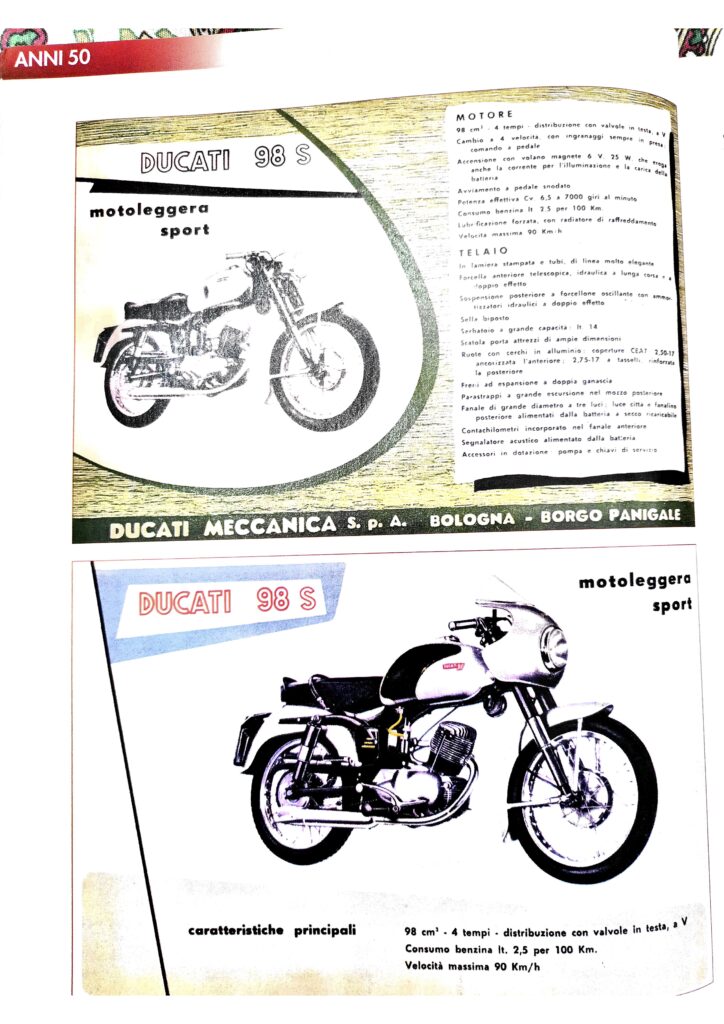
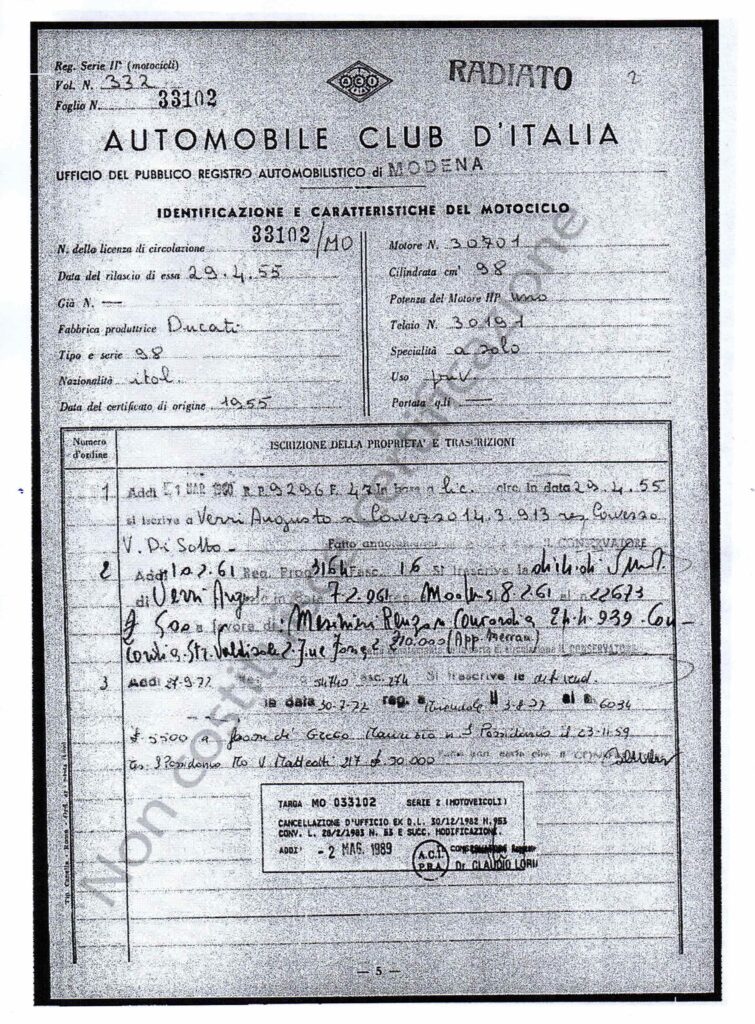
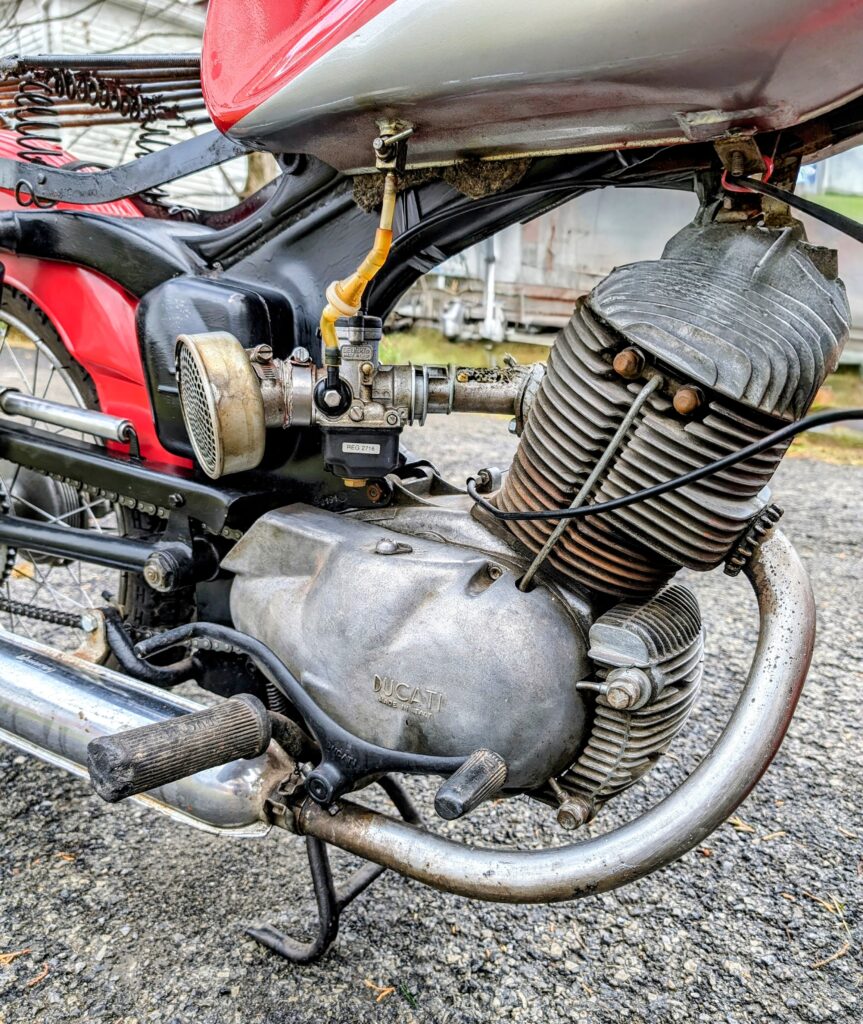
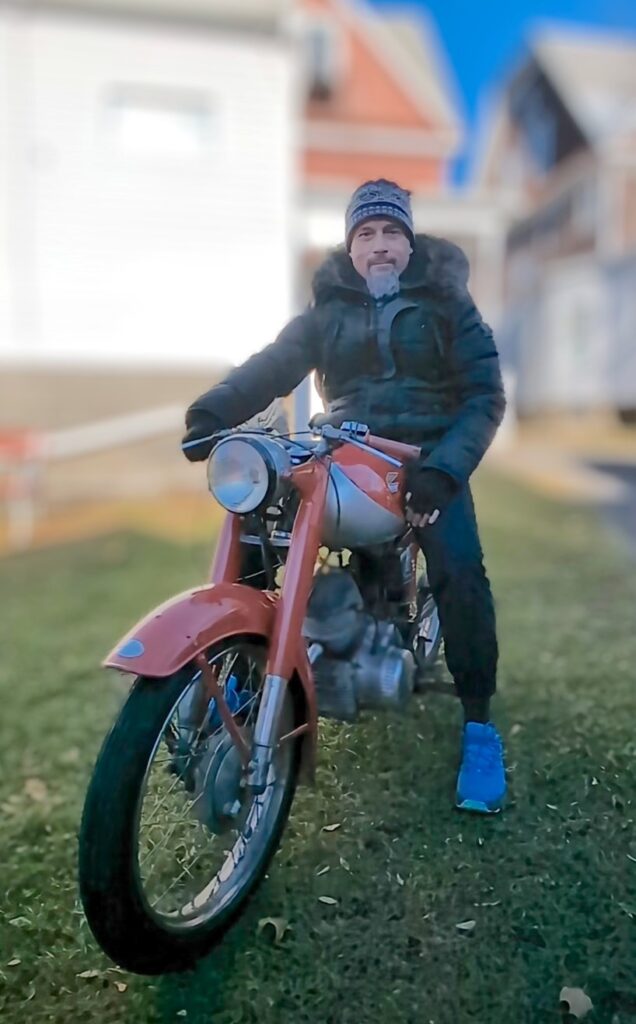
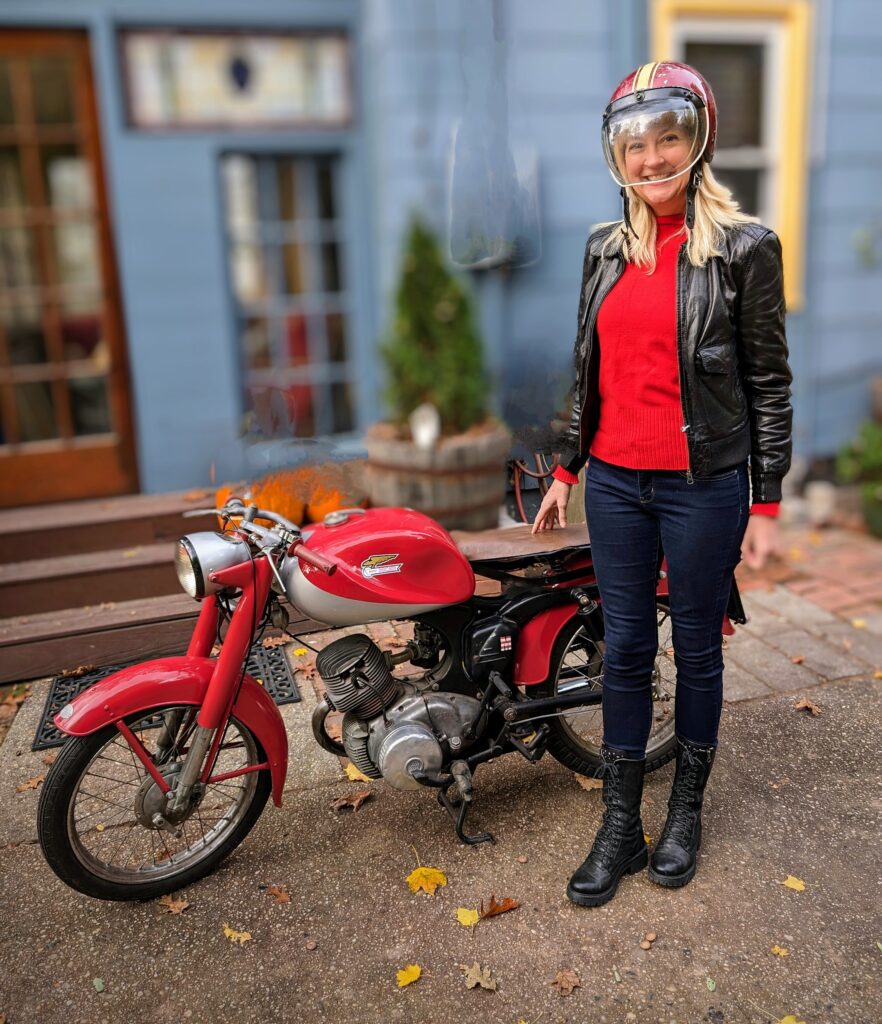
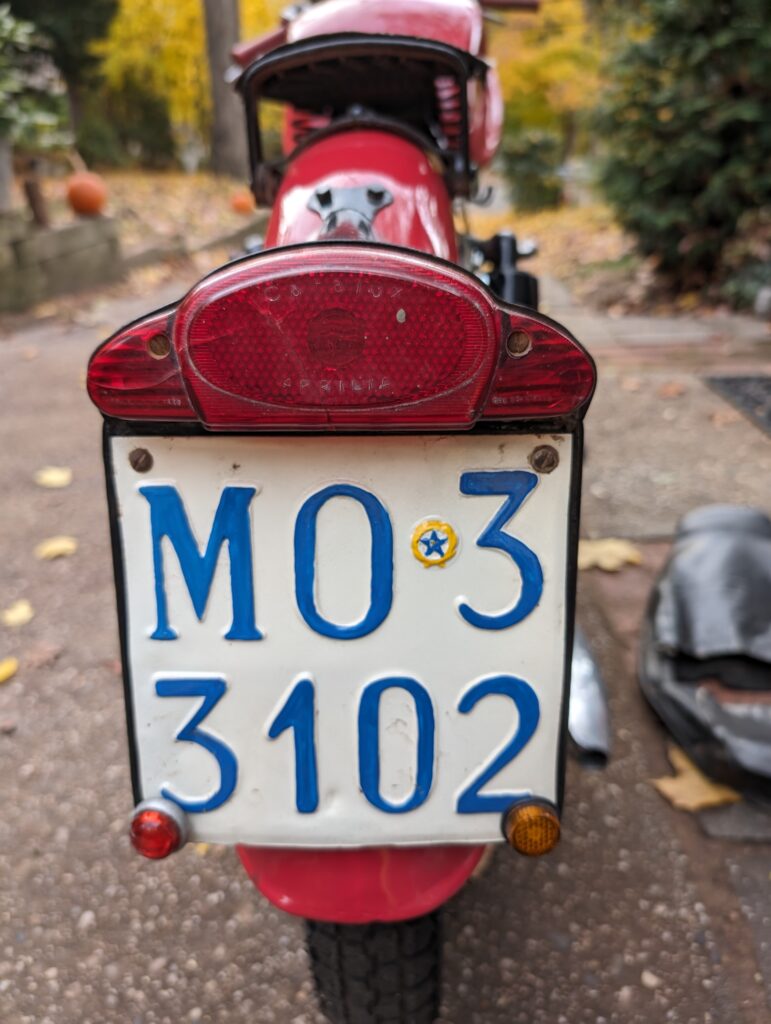
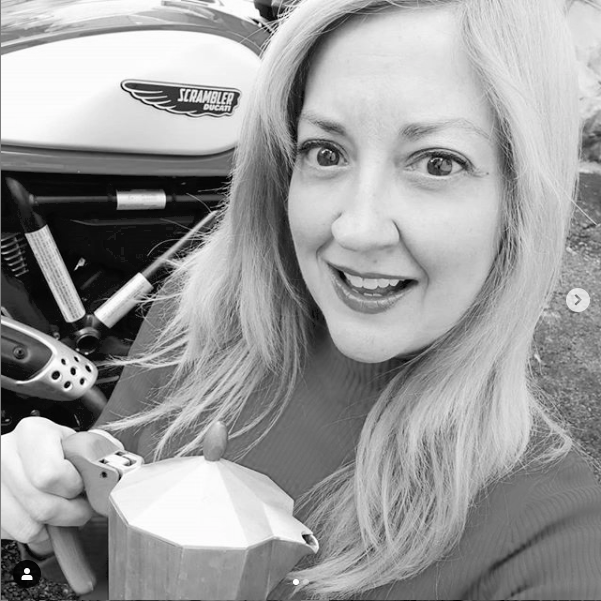

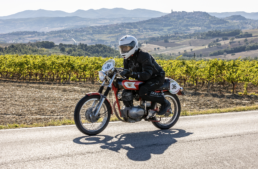
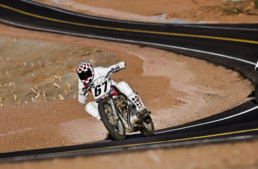
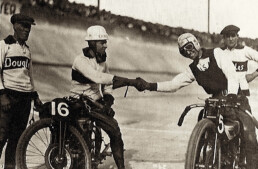
Ahhhh … the bambino of the Duc family . ( Ducetto ? )
Though I’m personally no great fan of singles …. for the sake of many its too bad Ducati abandoned the format
GuitarSlinger : The Ducati singles are coming back, with a vengeance! – BritaliaJohn
John ;
Yeah … I see a motor … and yeah I see a Hypermotard single ( not available in the US … no surprise … but wait … WTH is is it available ? )
And yeah I see a whole lotta M/C press ( Italian – US – UK – Germany – Japan ) stating ‘ no single ‘ this and ‘ no single ‘ that forthcoming
So err …. with no insult intended … on what planet are Ducati singles coming back with a vengeance . And even if they did … wanna place odds once the early adapter trendy Wendy’s get theirs … sales tank and all are canceled
Sigh …. if dreams were real , wishes only came true and delusions became reality … sigh …..maybe in a Dr Tim induced haze …. but not on this planet .
Not to mention … in addendum
If memory serves me correctly ( and it does … got the evidence at hand ) the last time Ducati tried making a hyper powered single …. almost drove them to their demise … forcing what would become yet another in a long line of selling the company off to save the ‘ brand ‘
And thats the thing ….. if yer gonna make a thumper … make it for the general masses that can’t afford or are intimidated by yer V-Twins and V- Fours … not some ridiculously over powered thumper no one’s gonna buy … never mind enjoy
So … Duc Singles ? Oh well …. we can dream … ( and look at the history books )
January 12, 2024
|In Motorcycles
|By Paul d’Orléans
This credit should be updated
Thanks for that! It’s corrected now.